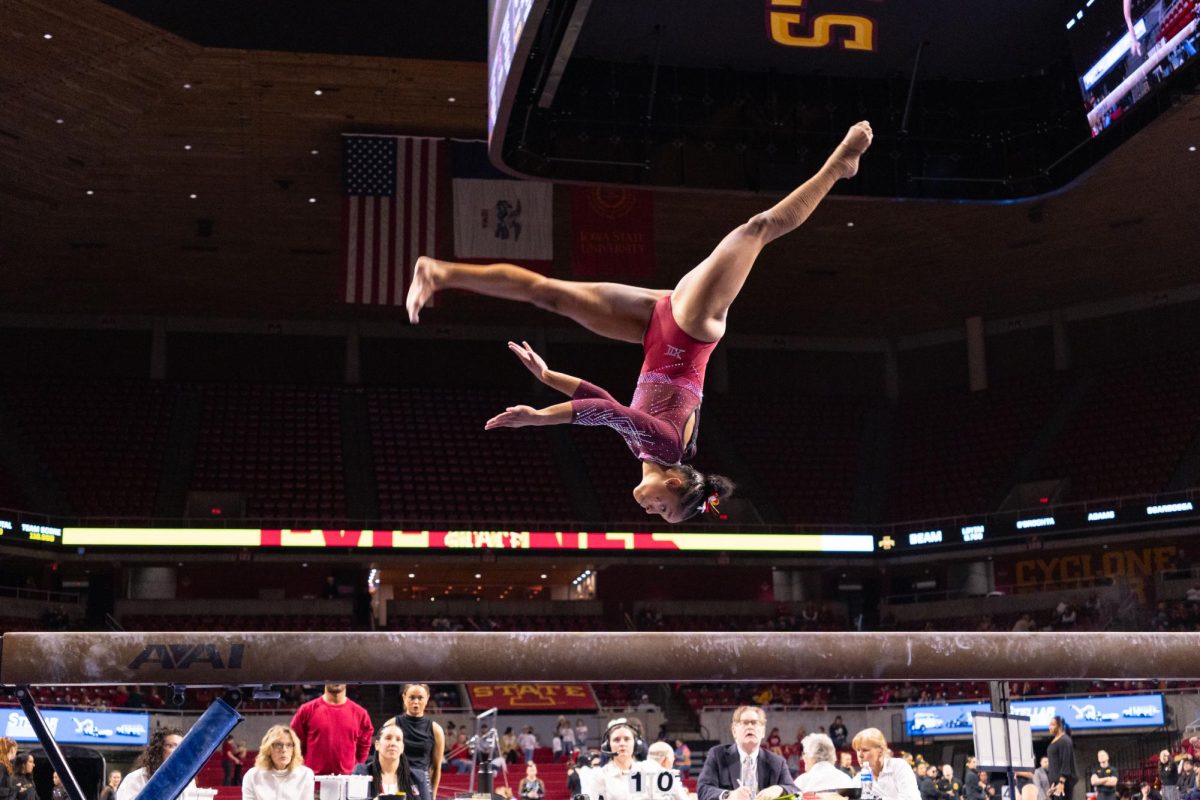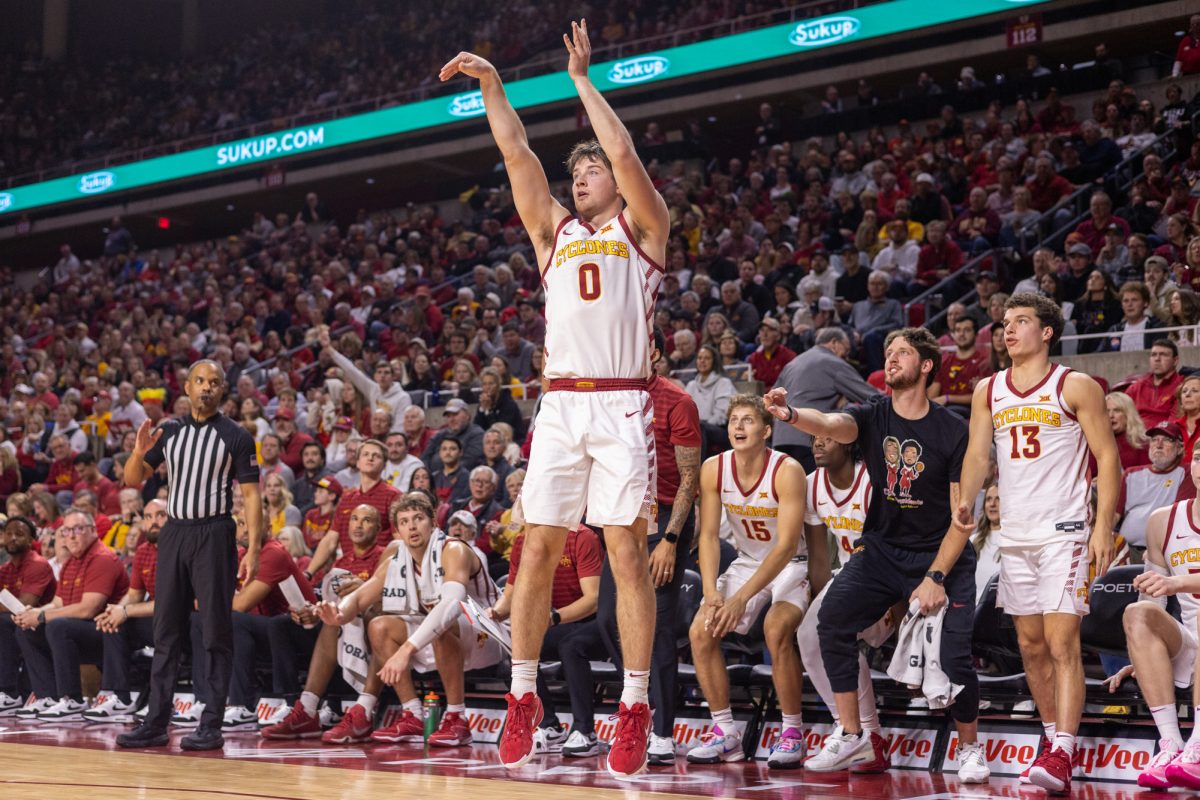Bocce ball, a nerd’s sport, but a good one
October 8, 1997
This summer, I had a lot of fun. Well duh, who didn’t? But I actually had fun working! That’s because I had the chance to work for Canfield’s Army and play its fine sport: BOCCE BALL!
I know, I know, it sounds like some sort of pasta dish with meatballs. But really, it is a sport — and a thrilling one at that. It may not involve as much strategy as baseball, it may not have as much action as football or basketball, it may not involve as much agility as hockey, but it is still a very challenging, entertaining sport.
The game is usually played by two teams — the red and the green — in an area of dirt, grass and trees. The teams usually consist of two people. The rules are pretty simple, as are the things needed to play the game: eight metal balls, four red and four green, which are the bocce balls.
The other object is the “jack” ball. It is a small brown wood ball which is used as a target for the other balls. The team who lost the previous round throws the jack at least two yards into an area where it can be seen.
The teams alternate throwing their balls, trying to get them as close to the jack ball as possible. The scoring is somewhat complicated: a team wins if it has the ball closest to the jack, and the number of points they get is equal to the number of balls they have closer to the jack than the nearest ball of the other color.
Bocce ball has something of a history on the Iowa State campus; in fact, this publication has had some previous coverage. I believe it was a 1994 edition in which a photo of two men playing appeared.
Anyway, the main strategy in Bocce ball involves reading the lie of the land.
Where we play, near Science Hall, there is a rock, a bicycle rack, four trees, grass, dirt and a hill. Sticks, dirt, pebbles, and inclination all are important factors in determining the path of the ball.
There were many contestants playing for the bocce championship this summer. There was a monkey, a grasshopper, a fish, a key encountering nucleus and a PC guy. I was the grasshopper, for I was the newest and least experienced of the lot.
Alex Panchula, our other undergraduate assistant, was the monkey; Dr. Ian Fisher, our postdoc from England, was the fish; the key encountering nucleus was Ken Myers, a graduate student; and the PC guy was group leader Dr. Paul Canfield.
Oh yeah, I forgot to say what the group does. We work in the Ames Lab developing single crystals, mostly involving rare-earths.
In the fall, after the departure of Alex, we were joined by Maura, a new undergraduate assistant. She takes apart and puts together cars for fun and is an excellent player.
Dr. Canfield is one of the best, Dr. Fisher is very good himself and me … well, what about me?
Let me quote Dr. Fisher: “Jayadev has a noble bocce ball style. Highly erratic, rarely accurate, but always amusing, his technique often defies description.”
To summarize we go to the master, Dr. Canfield himself, who, in a discussion over lunch remarked: “It [bocce ball] is one step away from Calvinball.”
“But Calvinball is a completely disorganized sport,” I replied.
“Exactly!” he exclaimed.
Jayadev Athreya is a sophomore in mathematics from Ames.






